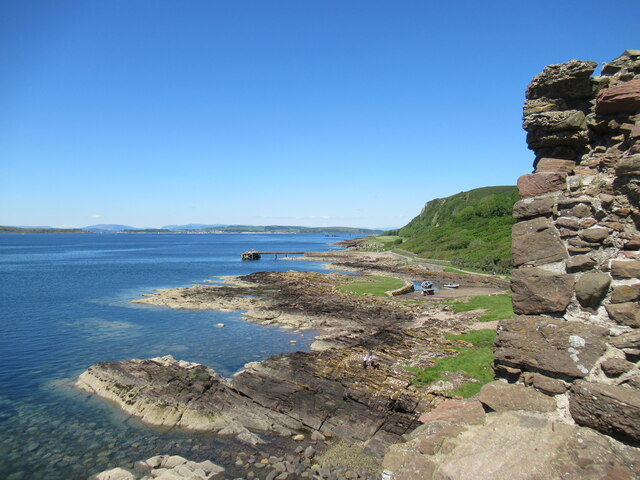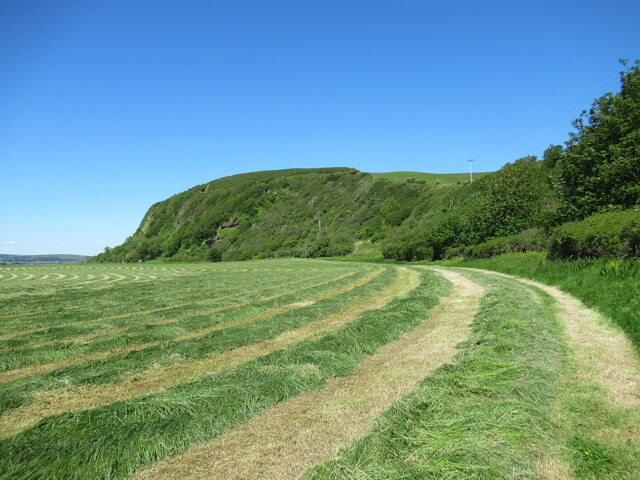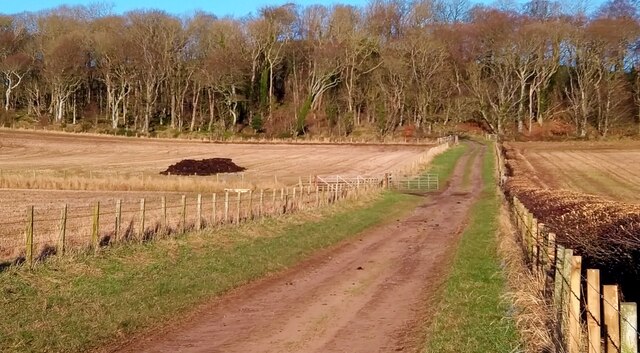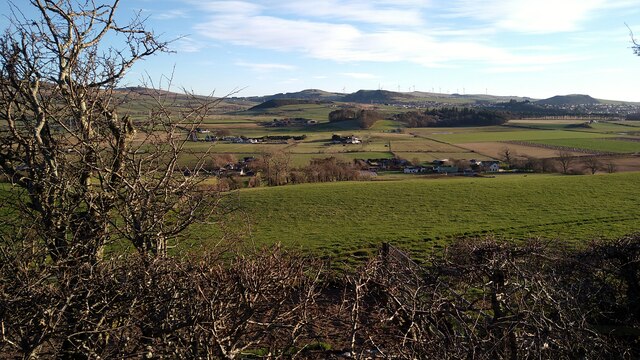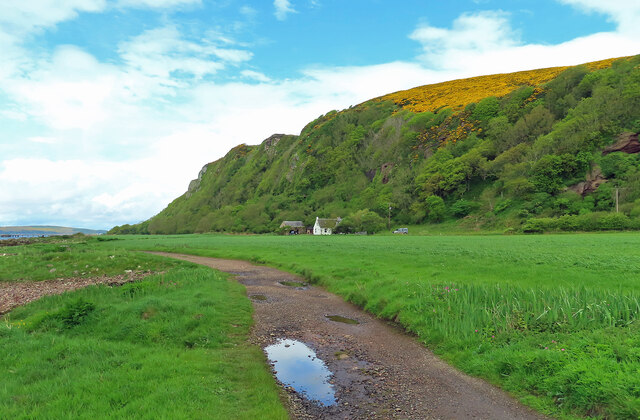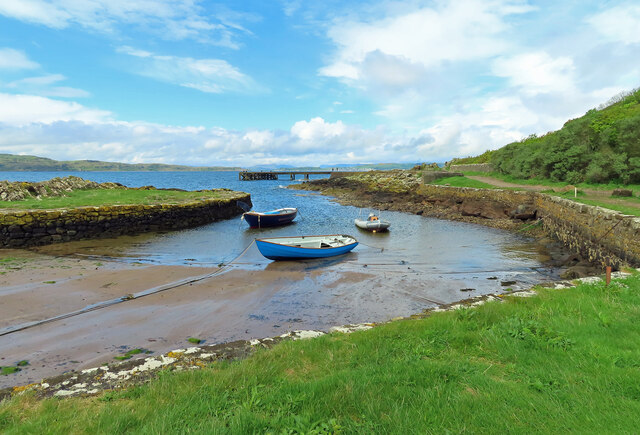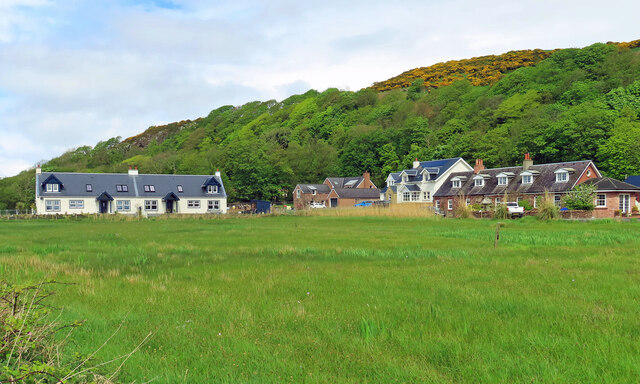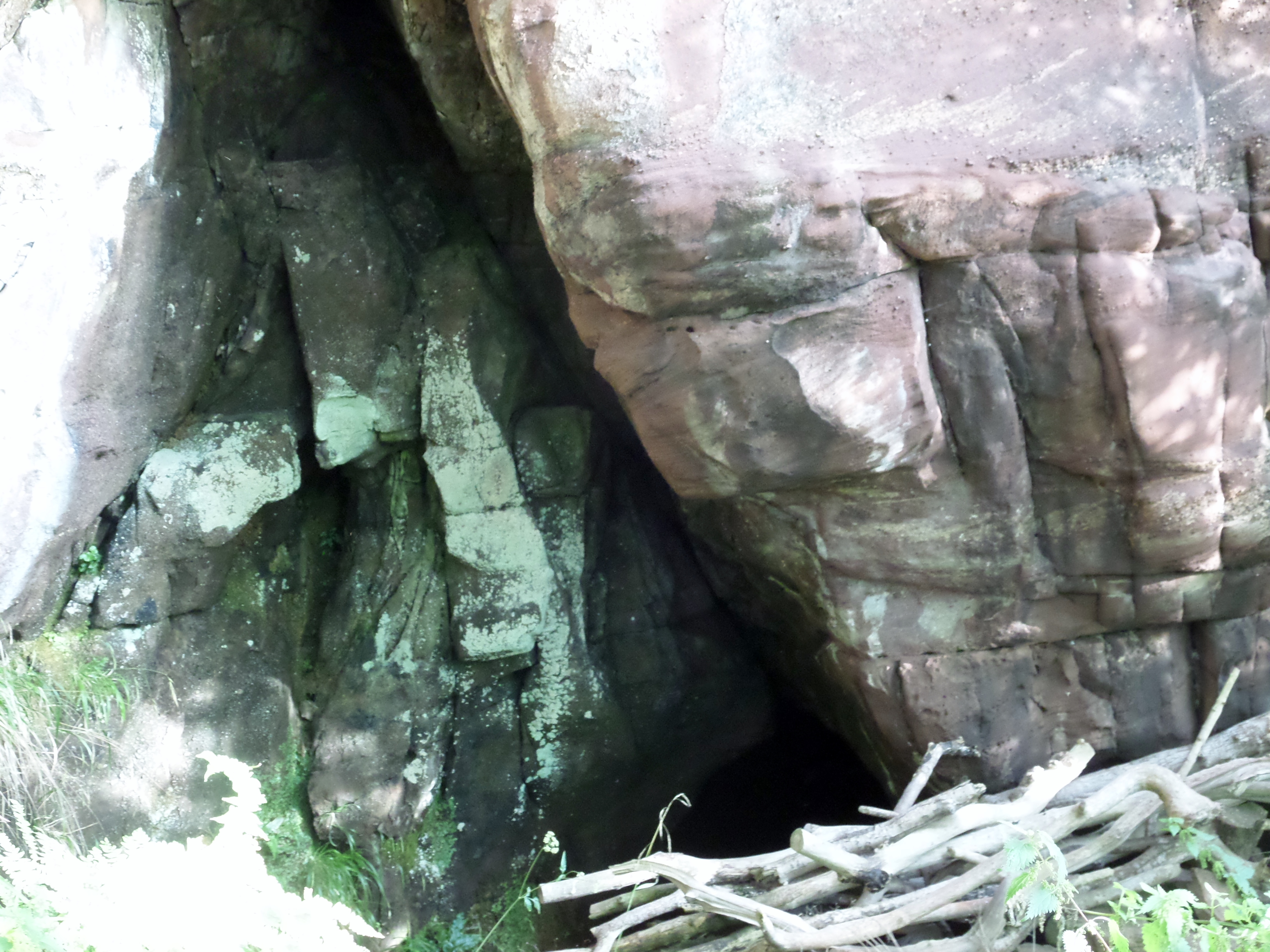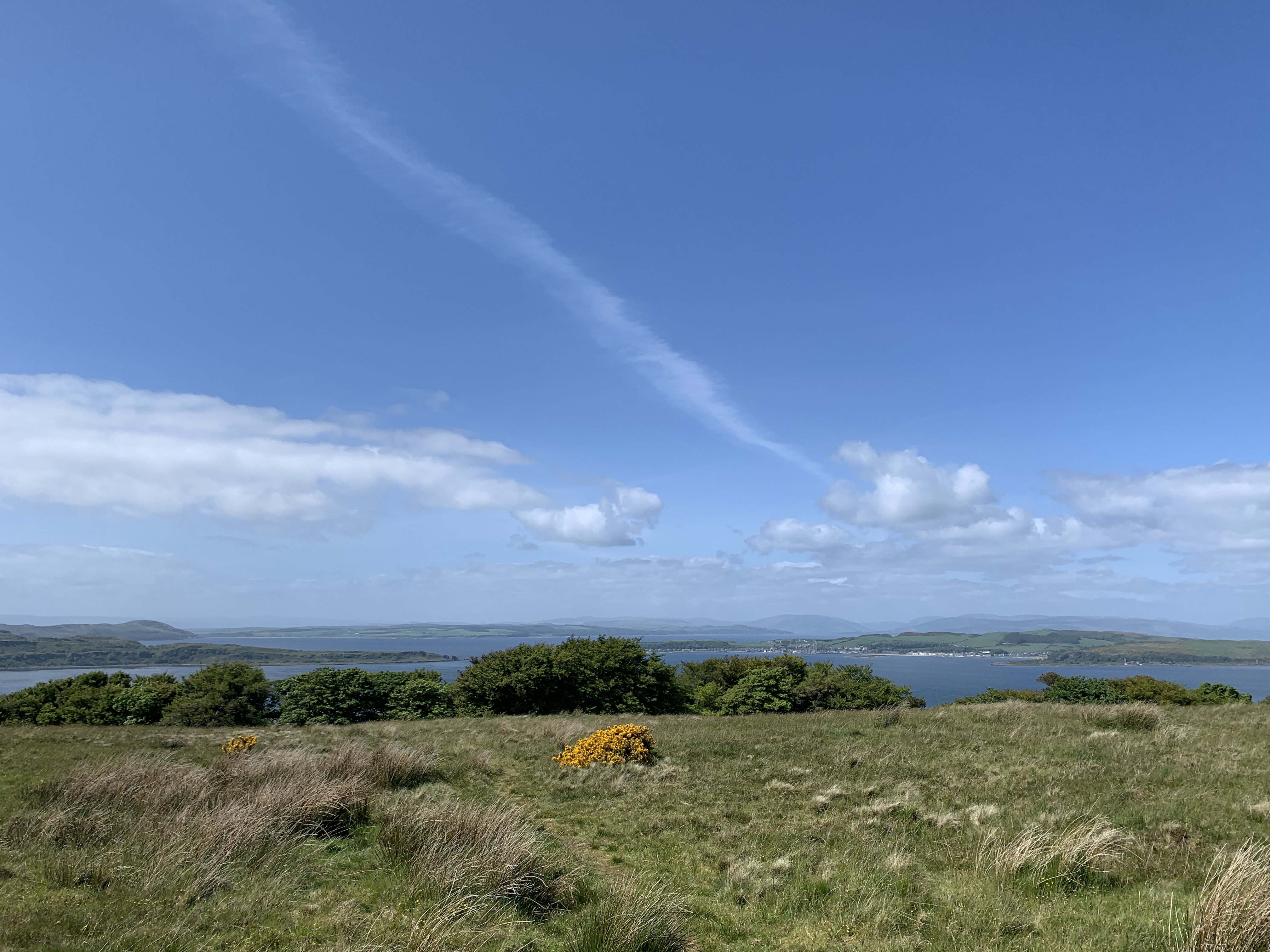Bankend Wood
Wood, Forest in Ayrshire
Scotland
Bankend Wood
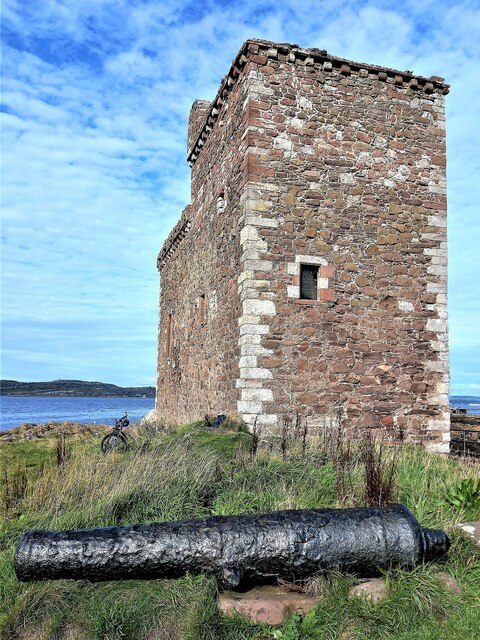
Bankend Wood is a picturesque forest located in Ayrshire, Scotland. Spanning approximately 50 hectares, it is a popular destination for nature enthusiasts and outdoor lovers. The wood is situated near the small village of Dalmellington, offering visitors a tranquil and peaceful experience.
Bankend Wood is predominantly composed of native broadleaf species, including oak, birch, and hazel trees. These trees create a dense canopy that provides shade and shelter for a variety of flora and fauna. The forest floor is covered with a rich carpet of mosses, ferns, and wildflowers, adding to the wood's natural beauty.
The wood is crisscrossed with a network of well-maintained paths and trails, allowing visitors to explore its diverse ecosystem. Hiking and walking enthusiasts can choose from a range of routes, catering to different fitness levels and interests. Along the trails, visitors may encounter a wide range of wildlife, including red squirrels, roe deer, and various bird species.
Bankend Wood also offers a picnic area, allowing visitors to relax and enjoy a meal amidst the serene surroundings. The wood is open to the public year-round, although it is particularly enchanting during the spring and summer months when the trees are in full bloom.
Overall, Bankend Wood in Ayrshire is a charming and idyllic forest, offering visitors the opportunity to connect with nature and experience the beauty of the Scottish countryside.
If you have any feedback on the listing, please let us know in the comments section below.
Bankend Wood Images
Images are sourced within 2km of 55.715078/-4.9003872 or Grid Reference NS1750. Thanks to Geograph Open Source API. All images are credited.

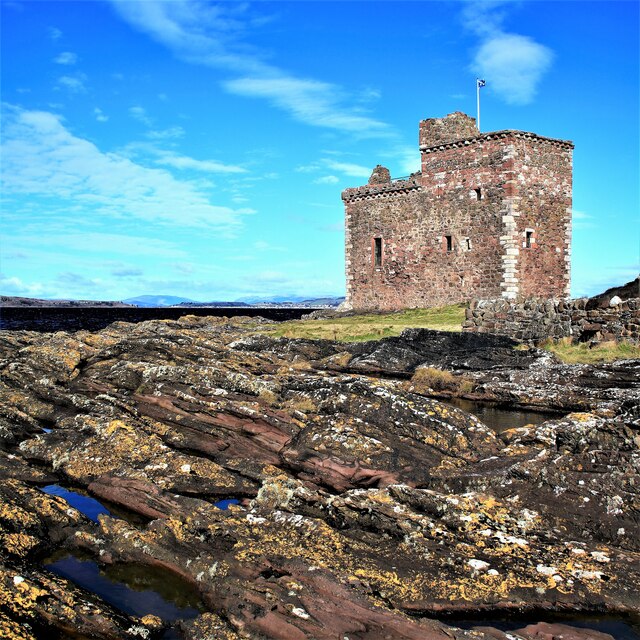
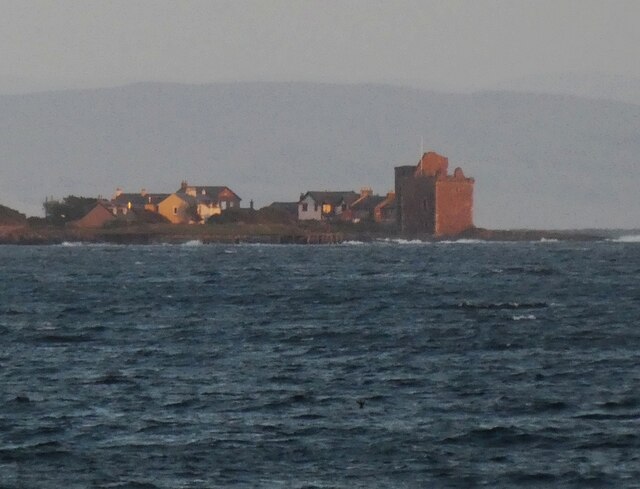
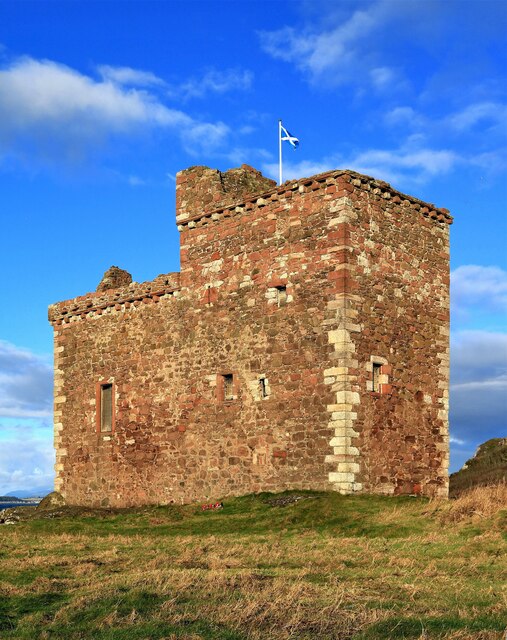
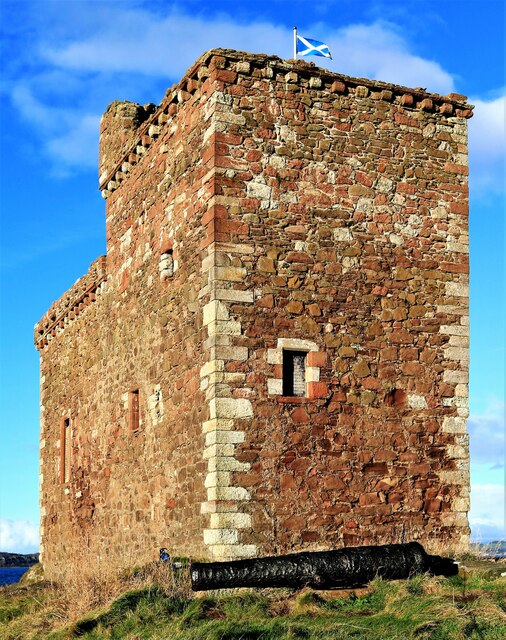
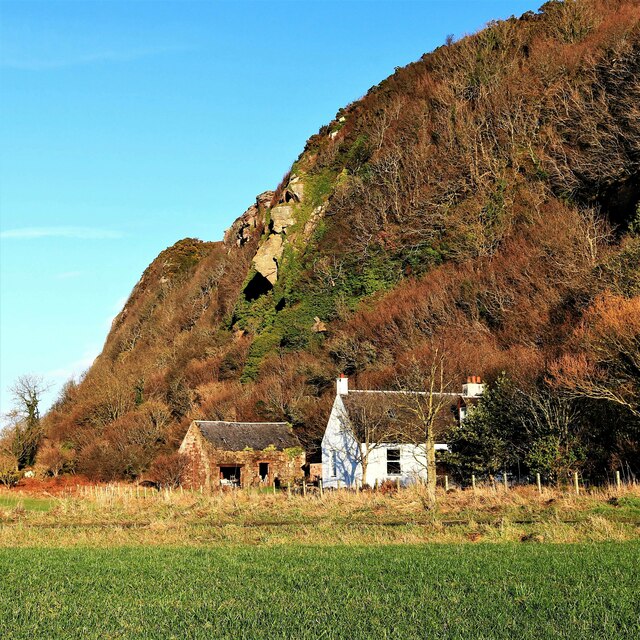
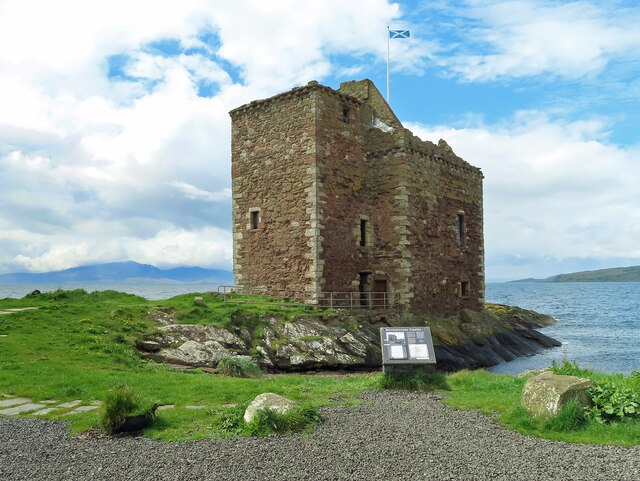
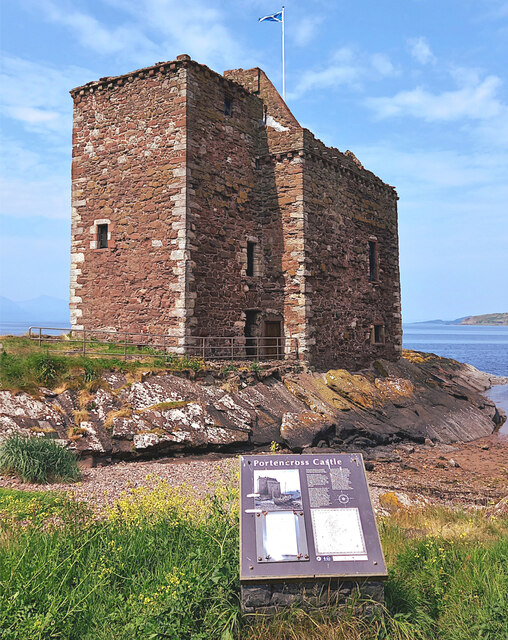
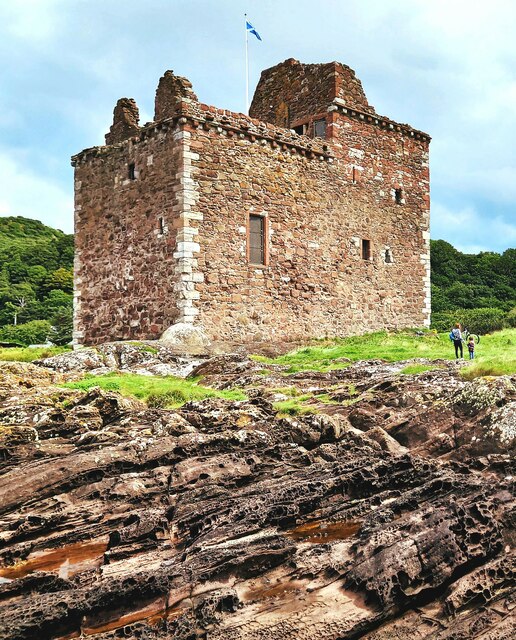
Bankend Wood is located at Grid Ref: NS1750 (Lat: 55.715078, Lng: -4.9003872)
Unitary Authority: North Ayrshire
Police Authority: Ayrshire
What 3 Words
///sued.seagulls.bandaged. Near West Kilbride, North Ayrshire
Nearby Locations
Related Wikis
The Holy Cave, Hunterston
The Holy Cave at Hunterston in the Parish of West Kilbride is associated with Saint Mungo, also known as St Kentigern and is often referred to as the Hawking...
Goldenberry Hill
Goldenberry Hill is a hill in North Ayrshire, Scotland, near West Kilbride. It is a popular spot for walks and is visited regularly. It is 140 metres...
Hunterston A nuclear power station
Hunterston A nuclear power station is a former Magnox nuclear power station located at Hunterston in Ayrshire, Scotland, adjacent to Hunterston B. The...
Murder of Mary Speir Gunn
Mary Speir Gunn (31 August 1862 – 18 October 1913) was murdered in a shooting attack at the isolated Northbank Cottage near Portencross in North Ayrshire...
Nearby Amenities
Located within 500m of 55.715078,-4.9003872Have you been to Bankend Wood?
Leave your review of Bankend Wood below (or comments, questions and feedback).
